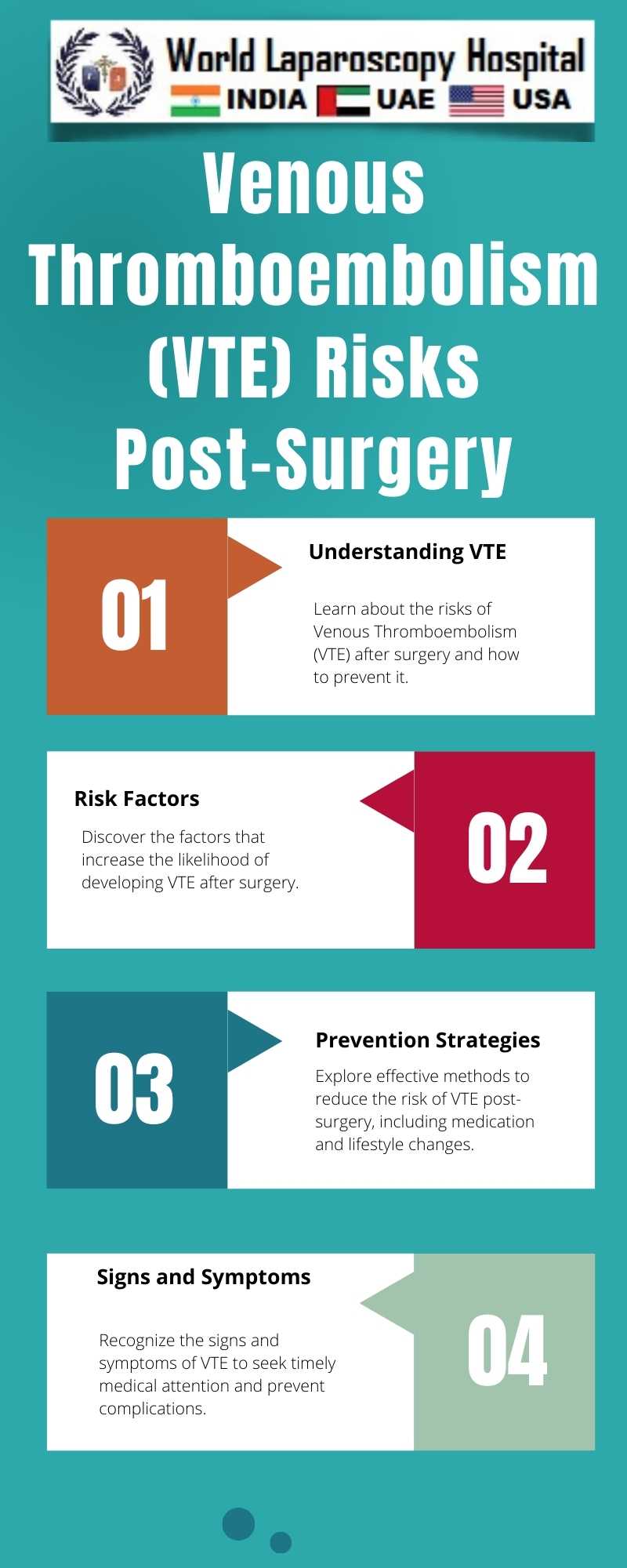
Surgery, especially major procedures, can increase the risk of VTE due to factors such as immobility, injury to blood vessels, and changes in blood flow. The risk is further elevated in patients with pre-existing conditions like cancer, obesity, and a history of VTE.
One of the primary concerns post-surgery is deep vein thrombosis (DVT), where blood clots form in the deep veins of the legs. This can lead to swelling, pain, and redness in the affected leg. If a clot breaks loose and travels to the lungs, it can cause a pulmonary embolism, which can be life-threatening.
To mitigate these risks, surgeons often prescribe preventive measures. These may include early mobilization, compression stockings, and medications such as anticoagulants to prevent blood clot formation. Patients are also advised to stay hydrated, avoid sitting or standing for long periods, and perform leg exercises regularly.
Despite these precautions, VTE can still occur. Therefore, it is essential for patients to be aware of the symptoms, which may include pain, swelling, redness, or warmth in the legs, and shortness of breath or chest pain. Prompt medical attention is crucial if these symptoms occur.
In addition to the general risks associated with surgery, certain factors can increase the likelihood of developing VTE. Age is a significant factor, as older individuals tend to have reduced mobility and may have other medical conditions that increase their risk. Smoking, obesity, and a history of VTE also contribute to a higher risk.
Certain types of surgeries carry a higher risk of VTE. Orthopedic surgeries, such as hip or knee replacement, are particularly associated with an increased risk due to the prolonged immobility often required during recovery. Other procedures, such as abdominal or pelvic surgeries, also carry an elevated risk.
Preventing VTE is a multi-faceted approach that begins before surgery. Patients are often assessed for their individual risk factors, and preventive measures are tailored accordingly. This may include the use of mechanical devices, such as compression stockings or intermittent pneumatic compression devices, to promote blood flow in the legs.
Anticoagulant medications are commonly used to prevent VTE. These medications work by inhibiting the body's ability to form blood clots. The type and duration of anticoagulant therapy are determined based on the patient's risk factors and the type of surgery performed.
Despite these preventive measures, VTE can still occur. Therefore, it is essential for patients to be vigilant for symptoms and seek prompt medical attention if they occur. Treatment for VTE typically involves anticoagulant therapy to prevent further clot formation and allow the body to dissolve existing clots.
Conclusion:
VTE is a serious complication that can occur after surgery. Understanding the risks, following preventive measures, and being vigilant for symptoms are key aspects of post-operative care to reduce the likelihood of developing blood clots in the legs and lungs.